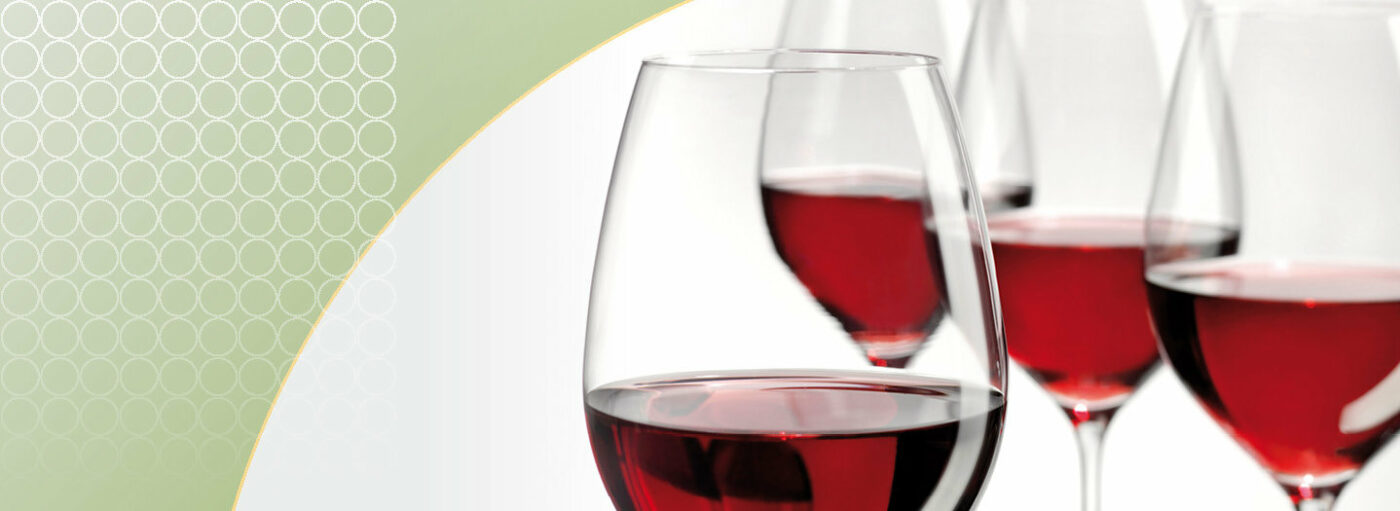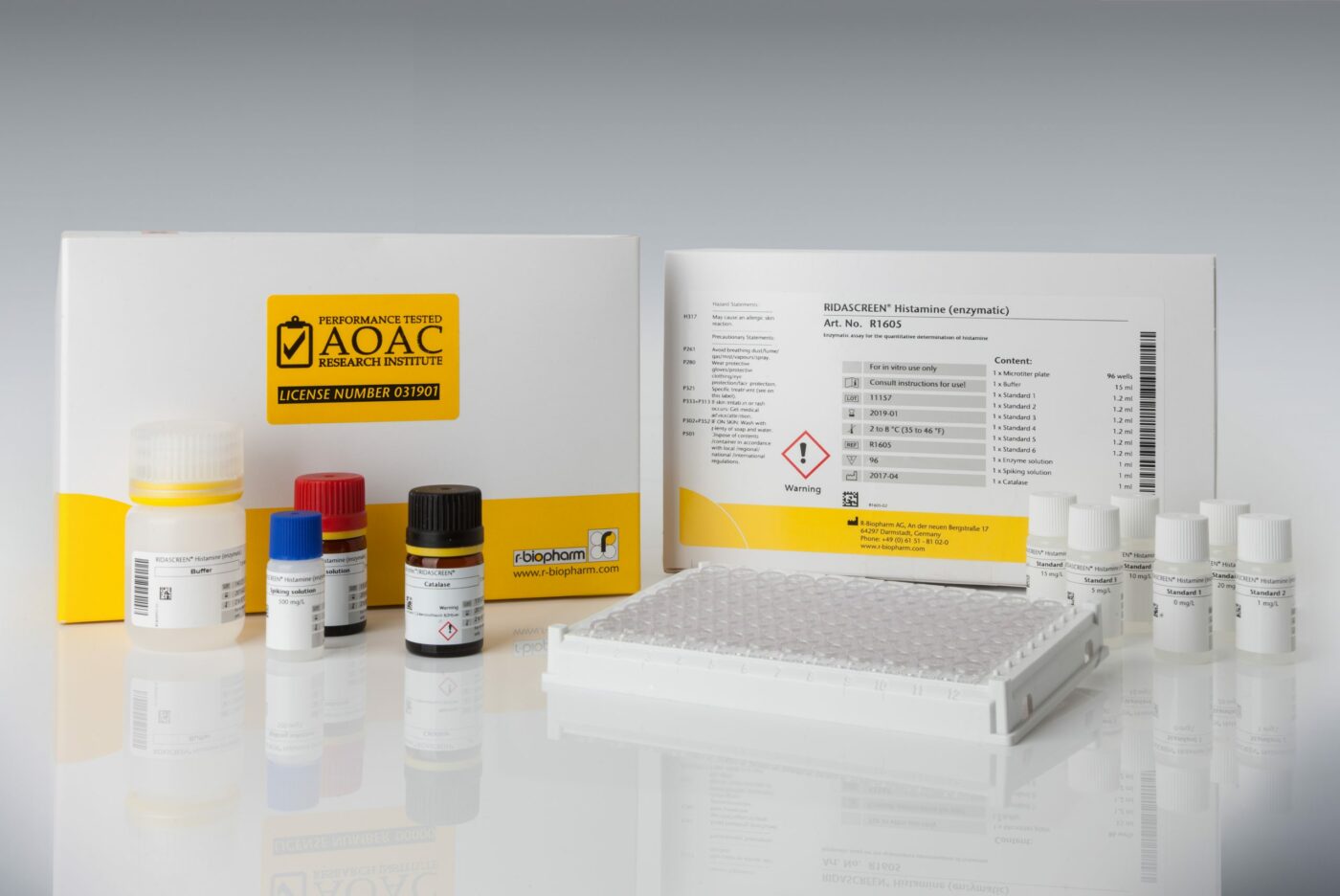
Recent news in Food & Feed Analysis
- Home
- /
- What to consider when...
What to consider when producing histamine-free wine

Histamine is a biogenic amine which is naturally present in many foodstuffs – also in wine. Some people react to high histamine foods with headaches or other symptoms. More and more winemakers are therefore offering low histamine or histamine-free wine. Here’s what to look out for when producing such wines.
Approximately one to five percent of the population suffers from histamine intolerance (HIT). Affected persons are not able to decompose histamine ingested with food due to an enzyme deficiency and thus react to high histamine foods with symptoms such as headaches, nausea, diarrhea, itching or breathing difficulties. Together with cheese, sauerkraut and fish (↗ Histamine in fish), wine is one of the best-known sources of histamine.
Reduce formation of histamine in wine
In wine production, there are several factors that may favor the formation of histamine. Winemakers should keep an eye on the following areas in particular:
- [mk_highlight text="Quality of the grapes:" text_color="#ffffff" bg_color="#717173" font_family="none"] Using suboptimal grapes may result in faulty fermentation or other microbiological processes in which histamine is produced. Therefore, all grapes showing signs of spoilage should be removed.
- [mk_highlight text="Storage:" text_color="#ffffff" bg_color="#717173" font_family="none"] Long maceration times and storage in wooden barrels favors the formation of histamine. Instead, winemakers should process their grapes quickly and hygienically, minimize maceration and use stainless steel tanks for storage.
- [mk_highlight text="Microorganisms used:" text_color="#ffffff" bg_color="#717173" font_family="none"] The microbiological cultures used for fermentation influence the formation of histamine. Suitable yeast and bacterial strains can help to ensure a rapid fermentation and control the malolactic fermentation.
Measure histamine content in wine
White wines usually contain very little histamine: typically less than 1 mg per liter. Red wines often contain three or four times as much. That is why histamine intolerant people tolerate white wines better than red wines. However, some patients already react to very low concentrations of 15 – 30 μg histamine per glass (0,08 – 0,15 mg/l). When measuring the histamine content in wine, appropriate tests often reach their limits at such low concentrations. For example, the frequently used HPLC method is not reliable at low concentrations due to disturbing peaks. The enzymatic ELISA test by R-Biopharm (↗ RIDASCREEN® Histamine enzymatic) has a claimed limit of detection of 0.54 mg/l which is not sensitive enough to detect very low concentrations of histamine. However, using a new procedure, the limit of detection of this test can be lowered: an adjustment of the pipetted volumes decreases the LoD and the LoQ to 0.19 and 0.34 mg/l histamine in wine, respectively. Detailed information is available on request.
Label histamine content correctly
In most countries, histamine does not belong to the allergens regulated by law and must therefore not be labelled. Winemakers, who offer wine with reduced histamine content and wish to advertise their products respectively, must be careful: There are no defined limit values for the terms “histamine-free” and “low histamine”. Moreover, such a term may be interpreted as „health claim“ – which are prohibited for beverages containing more than 1.2 % of alcohol according to EU regulation.

